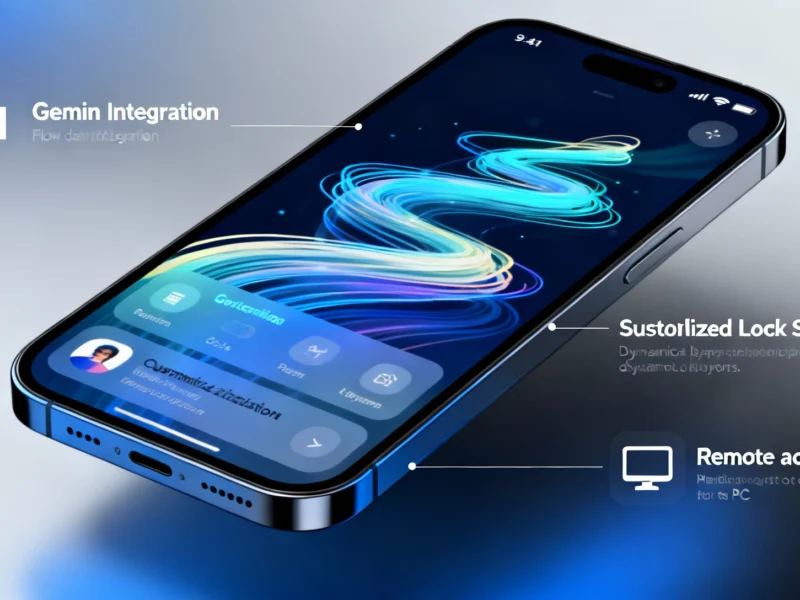In a significant Android security revelation, researchers have disclosed Pixnapping, a novel class of side-channel attacks that enables malicious applications to steal sensitive data directly from device screens. This sophisticated exploit targets the graphical rendering pipeline of Android devices, allowing attackers to reconstruct confidential information such as two-factor authentication codes and other sensitive values displayed by legitimate applications.
OnePlus Unveils OxygenOS 16 With Deep Google Gemini AI Integration
OnePlus has officially unveiled OxygenOS 16 with deep Google Gemini AI integration, marking the company’s significant push into artificial intelligence. The update introduces enhanced Mind Space functionality and system-wide AI writing tools while bringing revamped animations and improved lock screen customization to supported devices.
OnePlus Embraces AI Revolution With OxygenOS 16
OnePlus is making its most significant push into artificial intelligence with the launch of OxygenOS 16, according to reports from the company’s announcement. The new software, based on Android 16, features deep integration with Google’s Gemini AI technology and represents a strategic shift for the smartphone maker that was previously slower than competitors to adopt AI features.




